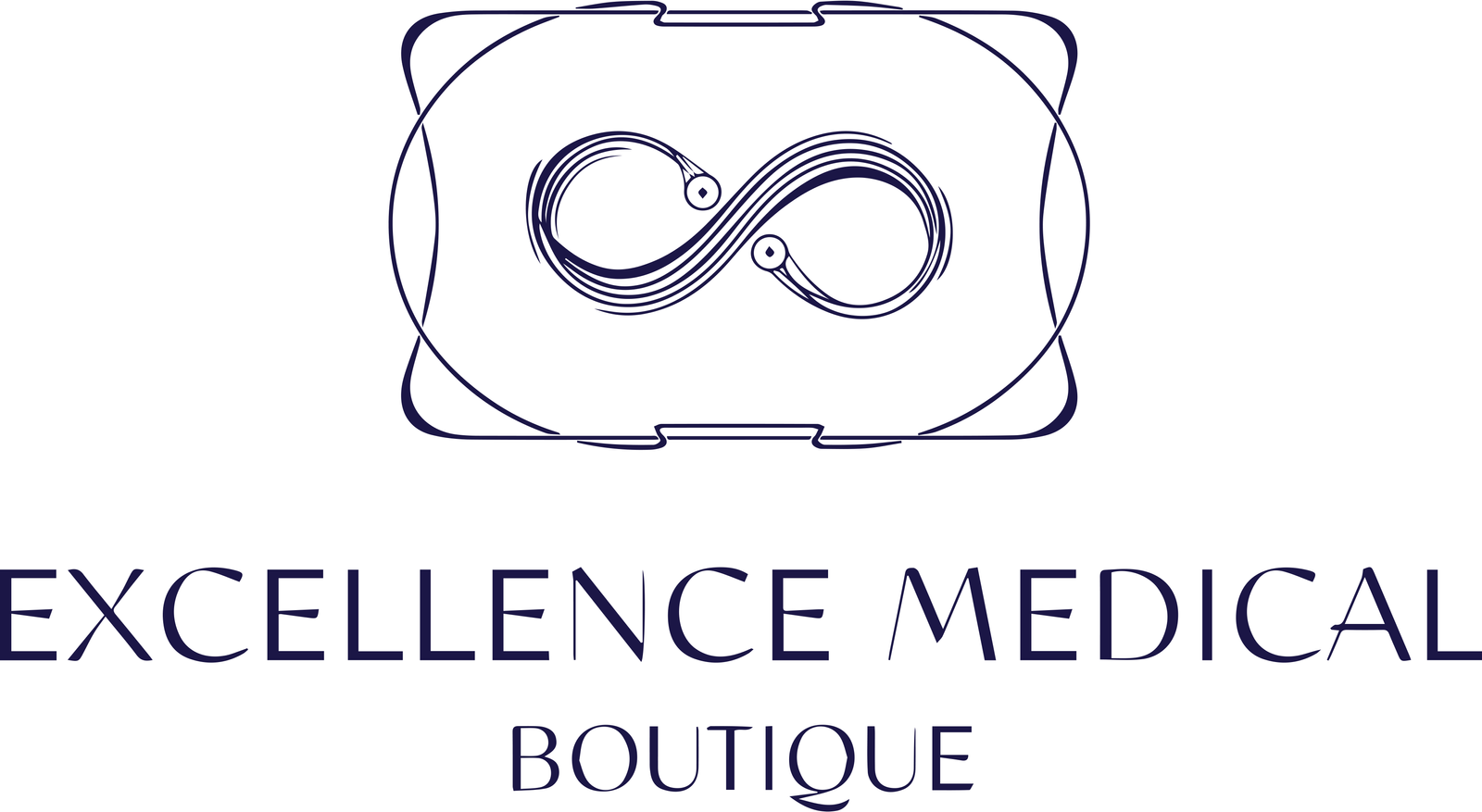REGENERATIVE
MEDICINE
WHAT IS REGENERATIVE MEDICINE?
STEAM CELL THERAPY
Stem cell therapy uses undifferentiated cells that can differentiate into various cell types to repair or regenerate damaged tissues or organs..

PLATELET-RICH PLASMA (PRP) THERAPY
Stem cell therapy uses undifferentiated cells that can differentiate into various cell types to repair or regenerate damaged tissues or organs..

Platelet-rich Plasma
PRP is a blood plasma concentrate that contains a high concentration of platelets, obtained from autologous blood (the patient’s own blood). PRP has healing properties on different types of tissues (cartilage, tendon, ligaments).
Stem Cells
Bone marrow PRP or Bone Marrow Cells is a concentrate of cells, platelets and growth factors, with a high potential for cartilage healing and maintaining its volume.
Botulic Toxin
Botulinum toxin is used in the context of certain chronic tendinopathies (to release tension on the tendon) or certain canal syndromes (piriform syndrome...).
Hyaluronic Acid
Hyaluronic acid therefore supplements the deficient synovial fluid to reduce or stop pain, reduce joint stiffness, thus helping to improve the mobility of osteoarthritis patients.
THE ADVANTAGES OF
REGENERATIVE MEDICINE
Restoration of function: Regenerative medicine focuses on repairing or replacing damaged or diseased tissues or organs, which can help restore normal function and improve quality of life.
Personalized medicine: Many regenerative therapies can be personalized to the individual patient, taking into account factors such as genetics, lifestyle, and disease history to optimize treatment outcomes.
Long-lasting results: By addressing the underlying causes of disease or injury, regenerative medicine offers the potential for more long-lasting and effective treatments than traditional approaches.
Reduced risk of rejection: In some cases, regenerative therapies can be developed using the patient’s own cells, reducing the risk of rejection or other complications.
Reduced healthcare costs: Regenerative medicine has the potential to reduce healthcare costs by reducing the need for long-term care and management of chronic conditions.
Improved safety: Many regenerative therapies are minimally invasive and have a low risk of side effects, making them a safer option for many patients.
